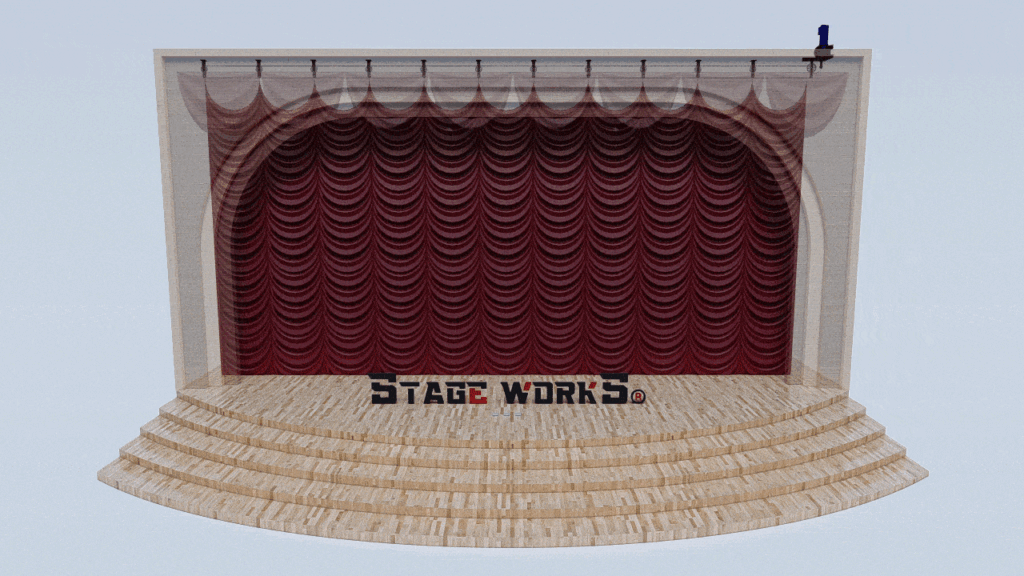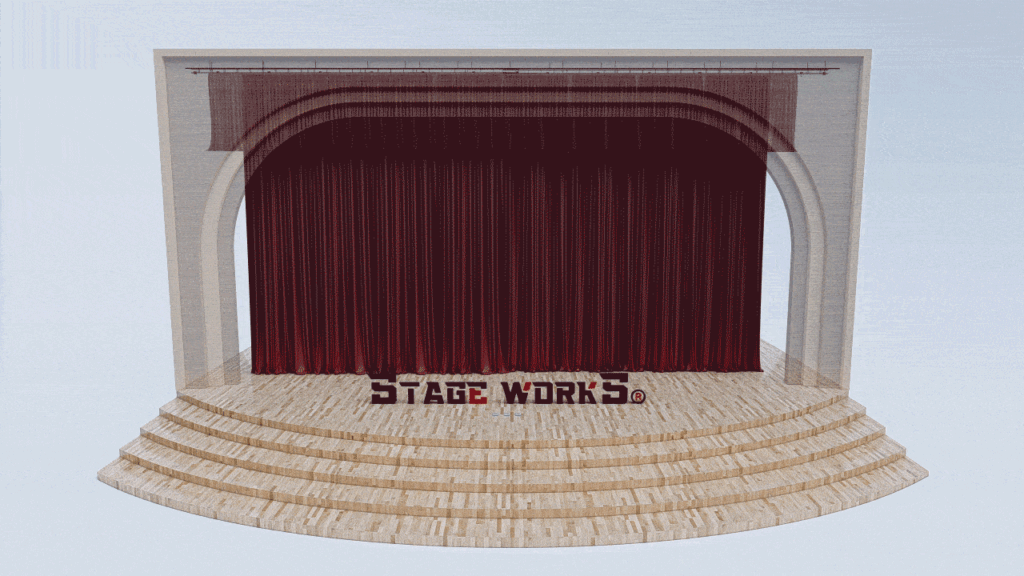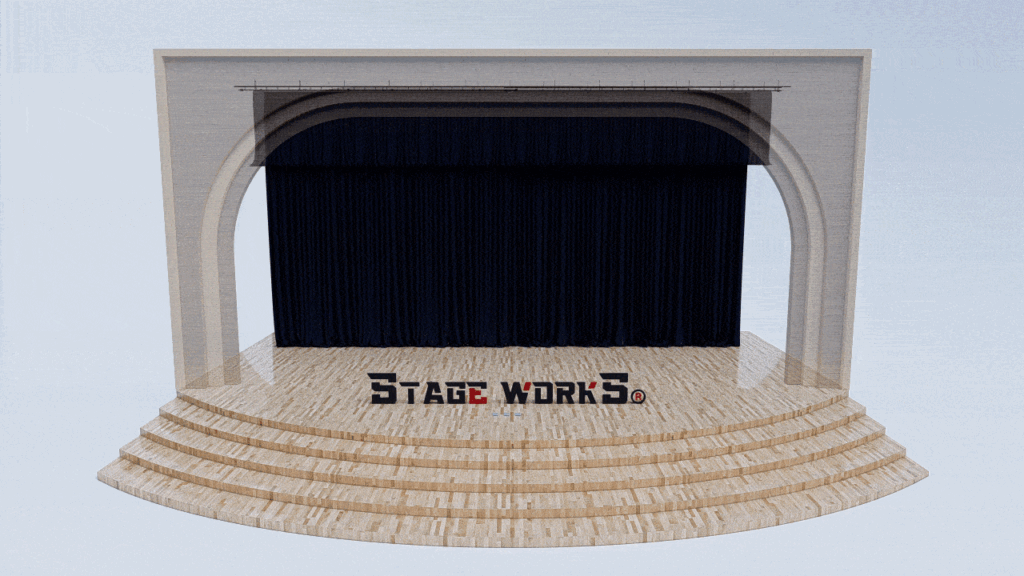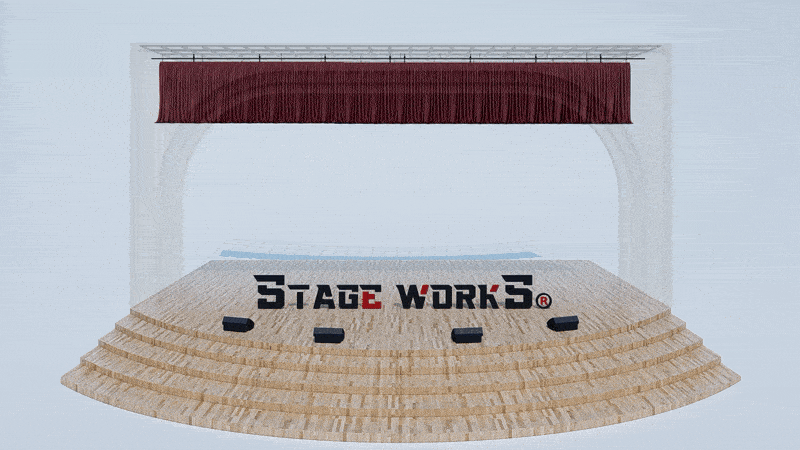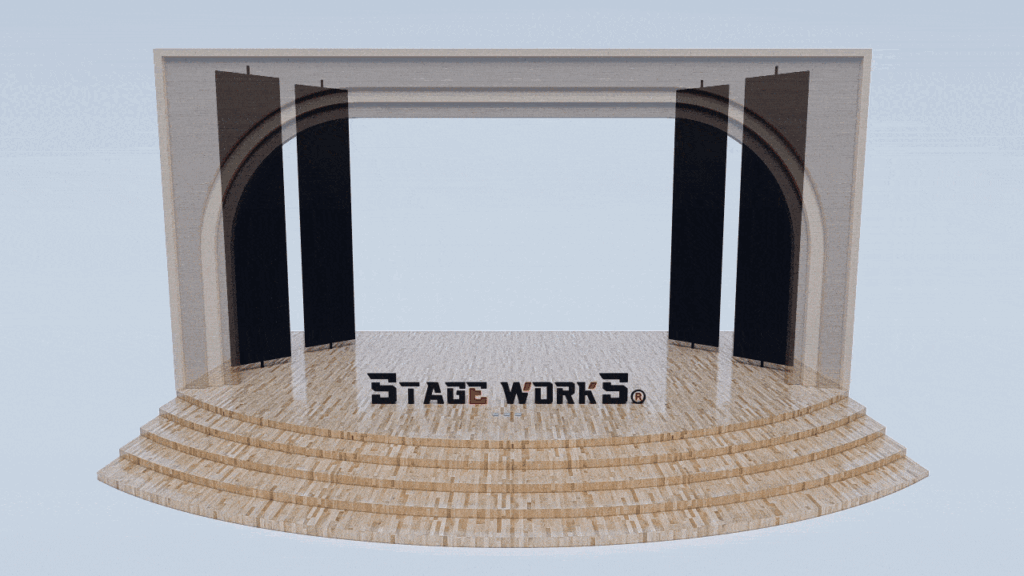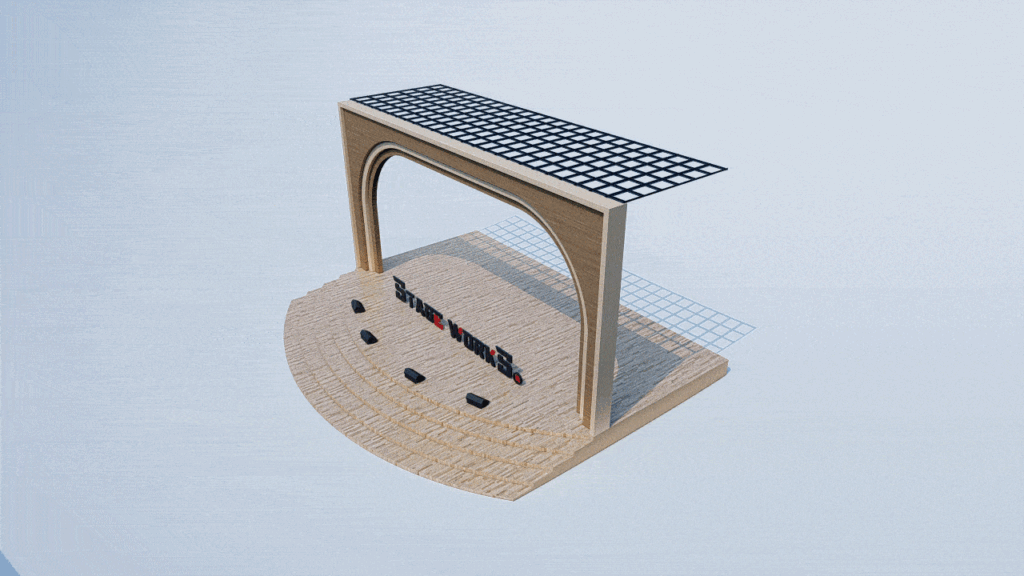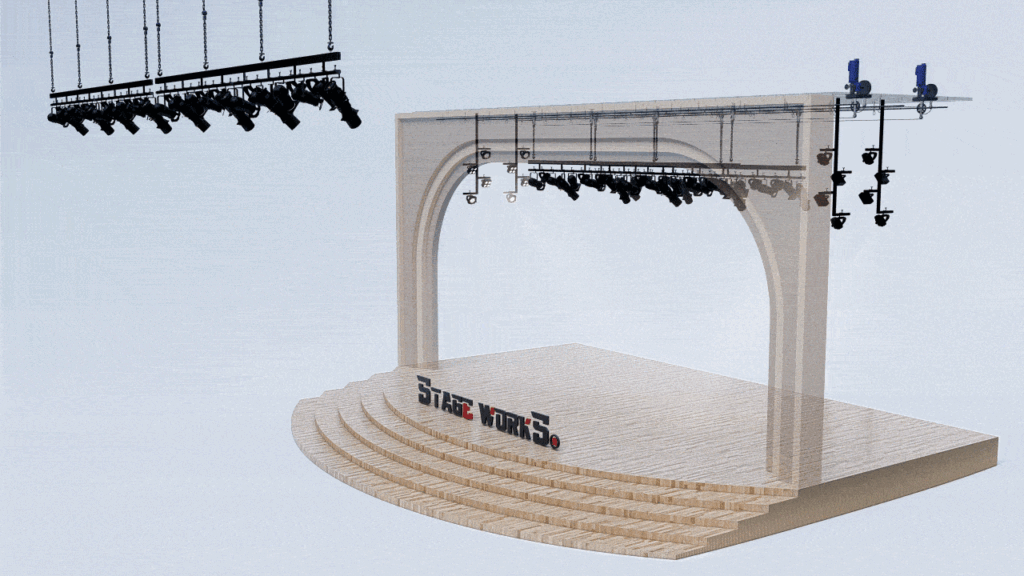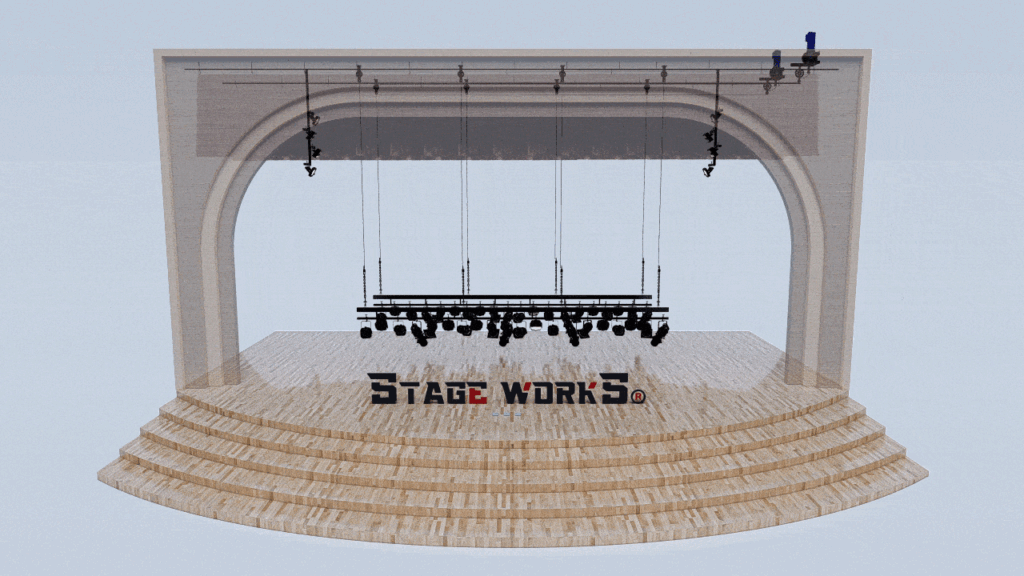Stage Curtain Fabrics: A Guide to Choosing the Right Material for Your Production
Understanding the Importance of Fabric Selection
The stage curtain is more than just a backdrop; it’s a crucial element influencing the overall aesthetic, functionality, and even the success of your theatrical production. The choice of fabric significantly impacts the lighting effects, sound absorption, and the overall visual impact of your show. Selecting the right material requires careful consideration of several factors, which we will explore in this comprehensive guide.
Fabric Weight and Drape: Achieving the Desired Aesthetic
Fabric weight is a primary consideration. Heavyweight fabrics like velour or damask create a luxurious, opulent feel, perfect for grand productions or period pieces. Their substantial weight allows for impressive folds and drapes, enhancing the visual grandeur. Lighter fabrics, such as muslin or cotton canvas, are ideal for quicker scene changes and simpler productions, offering versatility and affordability. Consider the desired drape – a softer, more flowing drape is achieved with lighter fabrics, while heavier fabrics create sharper, more defined folds.
Light Absorption and Transmission: Enhancing Lighting Effects
The fabric’s interaction with light is paramount. Opaque fabrics, like blackout cloth, are essential for creating complete darkness and enhancing the impact of lighting design. They prevent light bleed and ensure focused illumination on the stage. Conversely, sheer or translucent fabrics allow light to filter through, creating soft, atmospheric effects. These can be used for creating backdrops, diffusing light, or projecting images. Understanding the light transmission properties of your chosen fabric is critical for achieving the desired visual atmosphere.
Sound Absorption and Acoustics: Optimizing Audio Quality
Often overlooked, the acoustic properties of your stage curtain significantly affect the overall sound quality within the venue. Heavier, thicker fabrics tend to absorb more sound, reducing reverberation and improving clarity. This is particularly important in spaces with poor acoustics. Conversely, lighter fabrics might reflect sound, potentially leading to undesirable echoes. Choosing a fabric with appropriate sound absorption characteristics can contribute to a more enjoyable and immersive experience for the audience.
Durability and Maintenance: Choosing a Long-lasting Solution
The durability of the fabric is a crucial factor, especially for frequently used stages. Some fabrics are more resistant to wear and tear, fading, and wrinkling than others. Consider the frequency of use and the type of handling the curtain will endure. Choose a fabric that is easy to clean and maintain, minimizing the need for frequent replacements. Factors such as stain resistance and the fabric’s ability to withstand repeated washing or dry cleaning should be considered.
Fire Retardancy and Safety Regulations: Prioritizing Safety
Safety should always be the top priority. Many jurisdictions have strict fire safety regulations concerning theatrical productions. Ensure your chosen fabric meets or exceeds all relevant fire safety standards. Look for fabrics that are inherently flame-retardant or have been treated with a fire-resistant finish. This is crucial for protecting performers, crew, and the audience.
Budget Considerations: Finding the Right Balance
Budgetary constraints often influence fabric selection. While high-quality fabrics can be more expensive, they offer superior performance and longevity, potentially offsetting the higher initial cost in the long run. Consider balancing quality, durability, and aesthetic requirements with your available budget to find the most cost-effective solution.
Conclusion: Making the Right Choice
Selecting the appropriate stage curtain fabric requires careful consideration of various factors. By understanding the properties of different materials and prioritizing factors such as weight, light transmission, sound absorption, durability, and fire safety, you can ensure the perfect backdrop for your next production, contributing to a visually stunning and technically successful theatrical experience.




